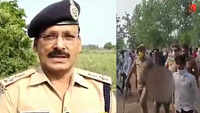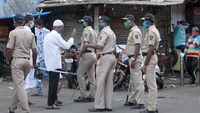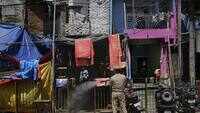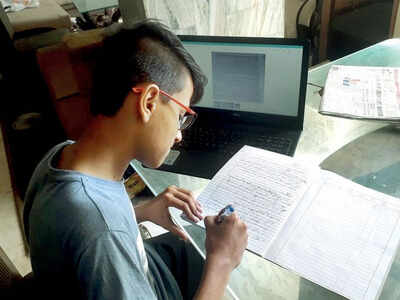
KOLKATA: Now that schools are closed and online classes have become the “new normal”, many students have started complaining of health problems after being exposed to increased screen time. Redness and swelling in the eye, incessant watering or dryness, fatigue and headaches were some of the complaints among kids attending virtual classes. School authorities have taken serious note of this and have brought in several revisions and advisories to help kids adjust to the new routine.
While many schools have reworked the timetable in a way that students need not stare at the screen for long, there are others that are asking teachers to advise kids about how to unwind before the next lesson begins. There are others who are shutting off the video and getting into audio mode.
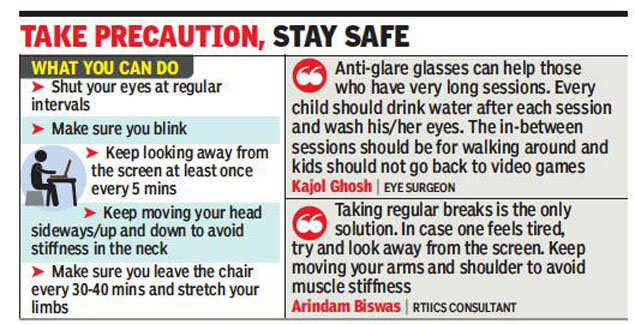
Heritage School has decided to revise the time table so that kids now have to spend a maximum of an hour and a half of on-screen time in a day listening to lectures and taking notes. These are divided into 30 minute periods of subjects, with gaps of one hour in between for offline work and unwinding. Children have to post the offline work at the end of the hour. “We have introduced yoga therapy too and this is where kids are told how to do some simple exercises to relieve eye strain and fatigue,” explained Souvic Jati, academic co-ordinator of the school. The school has also started online dance, music and storytelling classes.
In the 20-minute gap in between online classes, kids of La Martiniere for Boys are asked to get up, wash their faces, eat a fruit or drink water and just move about or chat with their parents. “The middle school boys start at 8:30am and get over at 1:10 pm. Unless they take themselves off screen in the breaks, they will develop fatigue,” said principal John Rafi.
Many schools are uploading lesson-related videos to be watched by kids much after online school is over so that there’s a healthy gap. These videos give additional information on chapters and help kids clear doubts and ask questions. “This is necessary since the teacher is unable to access the students physically and cannot make out the real progress of the child but we are ensuring that they watch these after long gaps and videos are staggered according to the time table,” said Rituparna Chatterjee, principal of DPS-Joka.
While many schools have reworked the timetable in a way that students need not stare at the screen for long, there are others that are asking teachers to advise kids about how to unwind before the next lesson begins. There are others who are shutting off the video and getting into audio mode.
TimesView
We are living a completely different life. Children are more vulnerable to the effects of some of the lifestyle changes and it is important that we keep in mind the accompanying health issues.

Heritage School has decided to revise the time table so that kids now have to spend a maximum of an hour and a half of on-screen time in a day listening to lectures and taking notes. These are divided into 30 minute periods of subjects, with gaps of one hour in between for offline work and unwinding. Children have to post the offline work at the end of the hour. “We have introduced yoga therapy too and this is where kids are told how to do some simple exercises to relieve eye strain and fatigue,” explained Souvic Jati, academic co-ordinator of the school. The school has also started online dance, music and storytelling classes.
In the 20-minute gap in between online classes, kids of La Martiniere for Boys are asked to get up, wash their faces, eat a fruit or drink water and just move about or chat with their parents. “The middle school boys start at 8:30am and get over at 1:10 pm. Unless they take themselves off screen in the breaks, they will develop fatigue,” said principal John Rafi.
Many schools are uploading lesson-related videos to be watched by kids much after online school is over so that there’s a healthy gap. These videos give additional information on chapters and help kids clear doubts and ask questions. “This is necessary since the teacher is unable to access the students physically and cannot make out the real progress of the child but we are ensuring that they watch these after long gaps and videos are staggered according to the time table,” said Rituparna Chatterjee, principal of DPS-Joka.

Coronavirus outbreak
Trending Topics
LATEST VIDEOS
More from TOI
Navbharat Times
Featured Today in Travel
Get the app


